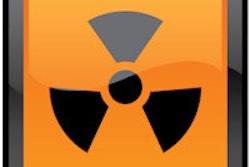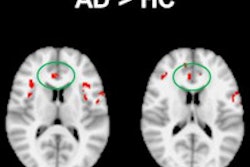Nonprofit research firm ECRI Institute has included MR-guided focused ultrasound (MRgFUS) and the integration of MR images in radiation therapy on its technology watch list for the coming 12 to 18 months.
The two MRI technologies are ranked in the firm's Top 10 Hospital C-Suite Watch List for 2014, which is compiled to highlight new and emerging technologies and health systems issues, according to ECRI.
MRgFUS is available in the U.S. for uterine fibroids and in Europe for benign prostatic hyperplasia and prostate cancer. Recently, the U.S. food and Drug Administration (FDA) approved the technology for palliation of bone metastases pain; it is also under study for treating certain cancers.
ECRI noted that MRgFUS requires a "major capital investment," adding that the "U.S. reimbursement climate is not great at this point," with many third-party payors, such as Blue Cross/Blue Shield, listing the technology as "investigational." By doing so, the procedure may not be eligible for reimbursement. Health Canada, however, did give its approval for reimbursement in August 2013.
The list's other mention of medical imaging concerns the integration of MRI with radiation treatment to enhance targeting of tumors and radiation dose. "This 'MR-adaptive radiation therapy' technique theoretically holds promise," the report stated.
MRI can provide better soft-tissue contrast than CT, but the modality cannot be attached to a linear accelerator because the two technologies would significantly disrupt each other's operation.
"Thus, the challenge for a long time has been how to combine MRI with a linear accelerator for real-time MR-guided imaging," ECRI noted.
ViewRay may have found the answer with its ViewRay MRI-guided radiation therapy system, which received FDA clearance in May 2012. The system uses cobalt-60 radiation sources rather than a conventional linear accelerator to remedy the incompatibility issue of magnetic interference.
The MRI system has been designed to acquire and display patient images every 250 msec during treatment so the progression of therapy can be closely monitored.
The estimated initial capital costs of the system will be in the upper seven-figure range, plus annual service costs, according to the report. There may also be the need for site renovations, along with cobalt-60 source replacement costs every five years.
"Additional reimbursement is not available at this time, so capital costs must be absorbed," ECRI noted.



















